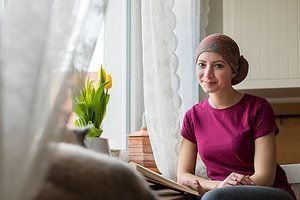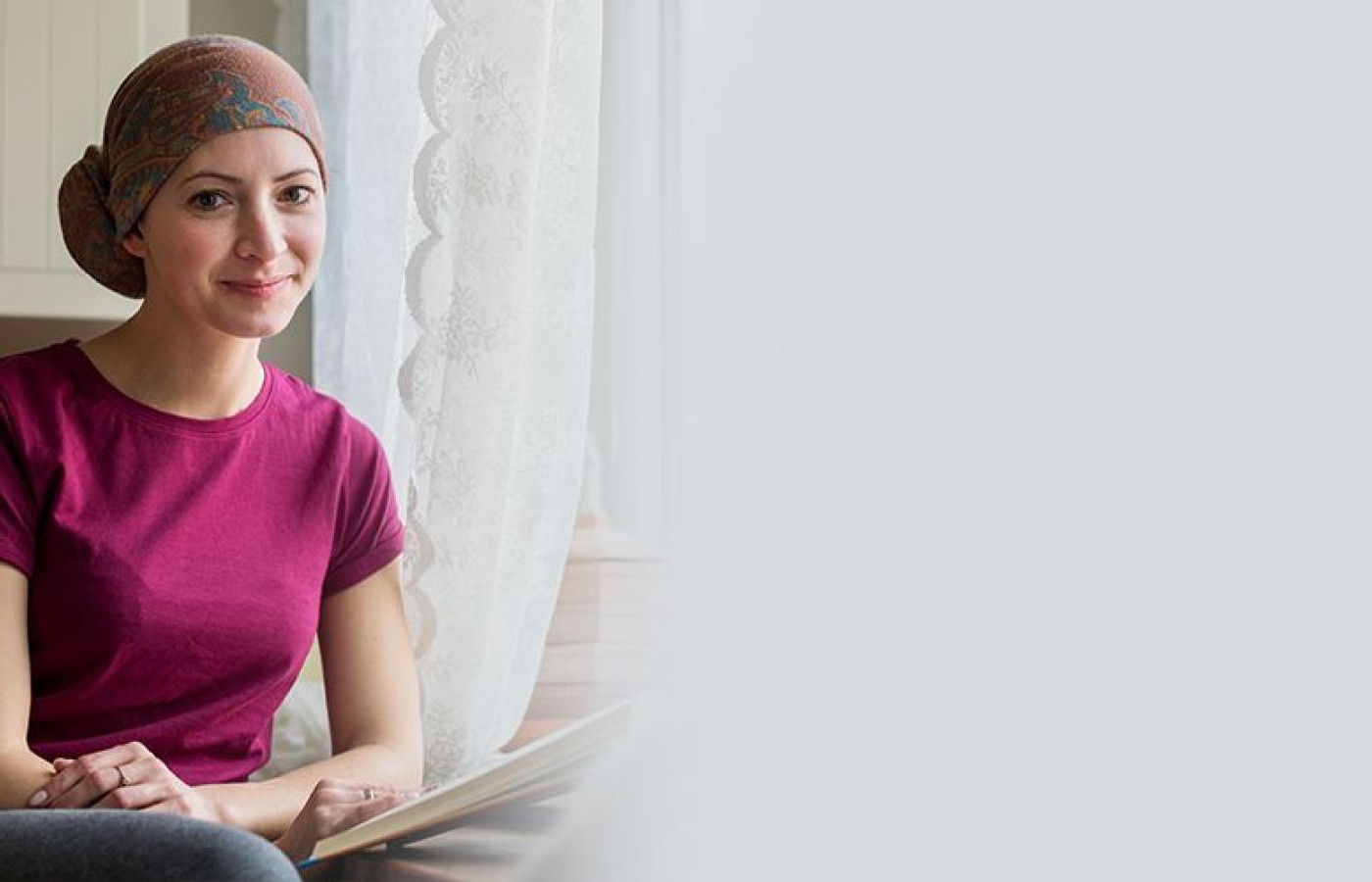Whether you accept it, avoid it or live somewhere in between, insurance coverage has become a defining issue for our profession. Patients increasingly expect to use their benefits, practitioners want to be compensated fairly for their time and expertise, and the system itself remains – at best – fragmented. The encouraging news is that coverage has expanded in meaningful ways. The challenging news is that reimbursement, across the board, remains inadequate.
The Active Art of Working With Cancer Survivors
Remember those wonderful clips of Ruth Bader Ginsburg weight training during her battle with cancer? Our wily justice never missed a rigorous workout – and was honored at the end by her trainer doing press-ups beside her coffin. The message was lost on none of us. Working with cancer survivors is an active art involving movement.
As a survivor of metastatic breast cancer, I have drawn on my experiences of integrative medicine to share in CE workshops in North America, Germany, Switzerland and Austria over the past three decades. I also have written about this extensively.1-3 More than anything, I urge my colleagues in acupuncture and ABT to avoid generalizations about cancer survivors and treatment protocols. It is vital to focus on each individual client as unique, depending on prior health history, family patterns, lifestyle, environmental causes, individual survival skills and goals. Specialized work goes way beyond needling or treating a handful of key acupoints and meridians.

In addition, nothing irritates survivors more than a common assumption that they / we are passive, voiceless. We have a voice. We wince when we hear sweeping generalizations about "one-size-fits-all" pain treatments. In short, many of us urge practitioners to think "teamwork," not just "treatment."
Be More Interactive
Involve patients in discussions about the value of qi exercises; movement; meditative movement; dietary modifications; re-examination of lifestyles; and goals. The morning after my modified radical mastectomy, I started performing spontaneous qi circles with my hands and arms – as though my body needed action and harmony after anesthesia to restore circular qi after losing one of my "circles": my right breast. Nurses hung in the open door of my room, as they had never seen anyone move like that after such surgery.
I shared a little of my background in qi movement and ABT, and also told them I performed Hatha yoga exercises in my mind as I went under anesthesia, and when I awoke. Later, I formalized my exercises and began to teach globally within weeks of surgery, to students and graduates, and to postmastectomy groups in hospitals.
These simple circles, practiced daily, involve increasing the size of the circle to check progress: tennis ball to soccer ball to beach ball. They prevented lymphedema and spurred my upper-body mobility far faster than the norm. I could extend my arms above my head within two weeks of surgery. I have worked with survivors unable to do this months after surgery – just because they were never taught how to move!
Tap the Power of Movement
Daily walking, coupled with swimming three times a week, enhanced my immunotherapy and chemotherapy. (The American Cancer Society dutifully sends out a standard series of exercises which, though practical, and helpful, are boring in my opinion.)
Creative exercises after cancer surgery encourage qi, grace, beauty, fun and mobility. Give a patient a series ofbland exercises and I guarantee they won't perform them or will give up. Wise to create exercises the client will love doing, and that will reduce pain and enhance mobility. It's equally useful to draw on exercises they know well and enjoy practicing. Adapt steps and moves from dance, tennis, basketball, aikido, gardening, sailing; whatever movement the patient knows well. Tap into existing knowledge.
(As a wild example, I helped my mother walk again after hip replacement surgery by selecting moves from her youthful passions – field hockey and tango!)
If a patient is immobilized after comprehensive surgery, chemotherapy or radiation, encourage them to share the movements, postures or sleeping positions that help them best, and see how they can expand those moves to enhance the effect. Discuss movement and visualization exercises they can weave into daily meditations. Many clients freeze around pain and forget to breathe.
Shinrin'yoku
Five Lights Center for Shiatsu school founder Kumiko Kanayama (New York City) reminded me of the popularity of shinrin'yoku (literally "forest bathing") in Japan and especially for cancer survivors, as a way of boosting the immune system through the inhalation of phytoncides – essential oils trees emit in dense forests.
The practice goes way beyond mere "tree hugging" and involves a conscious, meditative exchange with trees, often part of a ritual walk during a retreat at an onsen (hot spring). There are many shinrin'yoku groups in the U.S.,4 but possibly still on hold during the pandemic.
Weight Training After Metastatic Cancer
Two friends (not clients) of mine have found vigor through weight training after experiencing metastatic cancer. Meet "Elizabeth Z," a trim, athletic, amazing 11-year survivor and role model in her late 70s. Diagnosed initially with ovarian cancer in 2010 that had metastasized throughout her pelvis and abdomen, Elizabeth Z. has been through multiple surgeries (hysterectomy, followed later by a resection of the liver and diaphragm; removal of the colon with ileostomy; plus successive bouts of chemotherapy. She says, "Stage 4 is of course incurable, but I have been able to beat it back many times by tolerating strong doses of the poison. Exercise helps me maintain the fitness to endure."
She adds, "Besides walking, I have an hour routine that consists of 30 mins. of cardio on my elliptical machine, reps of bench pressing and leg lifting of fairly light weights. Some hand weights, partial push-ups. Stretching and balance practice."
At the time of this writing, Elizabeth Z. has had to ease up a little on this rigorous routine because of new complications, but she asserted, "I could not have done as well as I have through these 11 years of chemo without exercise." Yes, she has received great acupuncture and also regular house visits from a creative massage therapist.
Next, meet Maya Q., a superb chef and an athletic-looking survivor in her 50s who resumed the gym when depression set in after a colostomy and chemotherapy a few years ago. Her MD suggested antidepressants – but Maya said no. She wanted to return to her regular workouts as a solution. Several times a week, she does low-impact cardio, the StairMaster, climbing machine, and weights for her arms, legs, and to strengthen her abdomen. She also does the Jacuzzi and hot tub. Maya exudes positive qi.
Cancer Pain Causing Insomnia?
Last, but certainly not least, meet one of my past NYC clients, Connie J., who suffered from acute insomnia because of bone cancer pain. She couldn't stand any form of pressure, so I would focus on off-the-body meridian (PC, UB) and point work (PC 6 and 8), and gentle foot shiatsu (which she could handle) to move stagnant qi and bring her into a sleepy state.
I asked her what sounds and images she most loved. Ahh, that was easy. The ocean, diving into rolling waves and walking for miles along beautiful beaches. Did she have any CDs of ocean sounds? No, but agreed that was a good idea. She ordered some to play during our late-evening sessions, and was usually asleep by the time I tiptoed out.
I encouraged her to display photographs and screen savers of herself surfing or walking along her favorite beaches so she could draw on that joyful qi, and include that imagery in her daily meditations. These simple actions not only reduced the pain and helped her sleep, but also calmed her during her final months.
Author's Note: Names of cancer survivors have been changed to protect their privacy.
References
- Ferguson PE. The zen of mastectomy. N Am J Oriental Med (NAJOM), November 2020;27(80).
- Ferguson PE. "Insights From a Cancer Survivor." Acupuncture Today, November 2012.
- Ferguson PE. "Busting Taboos About Breast Cancer." Acupuncture Today, January 2004 (Pt. 1) and March 2004 (Pt. 2).
- Shinrin'yoku – see www.wild.org and www.beatcancer.org.



